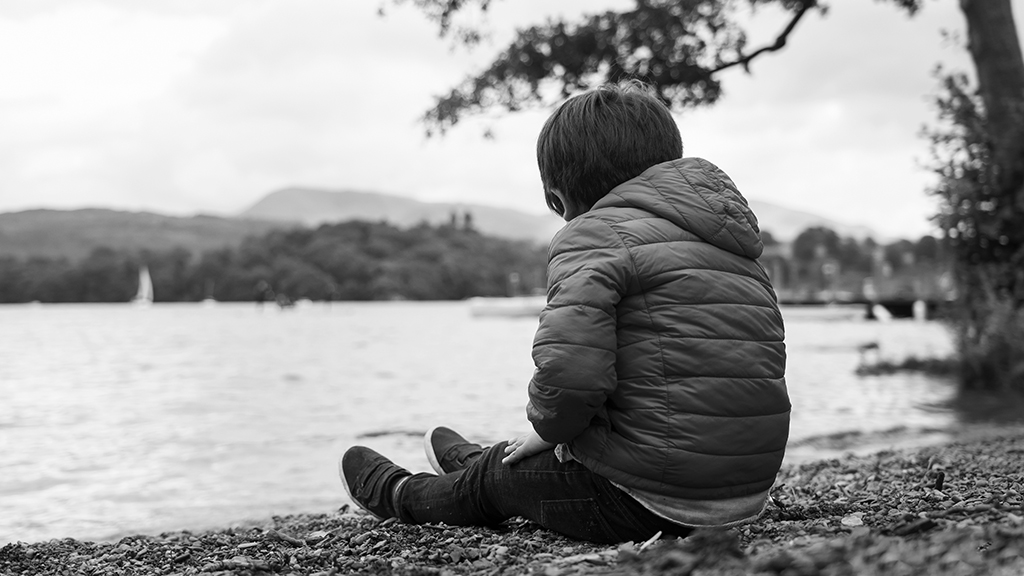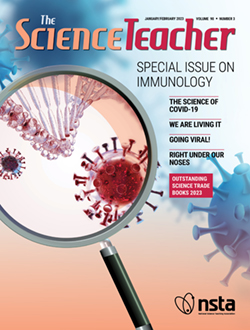COPA Syndrome
Adventures in Intracellular Transport
By Madison Hossack, Kenneth W. Yip

special issue
Ancient Antimicrobials
An Inquiry-Based Look at the Social Context Behind Microbes
The Science Teacher—January/February 2023 (Volume 90, Issue 3)
By Akacia Halliday-Isaac and Brooke A. Whitworth

special issue
It’s Worth a Shot
Obtaining, Evaluating, and Communicating Information on Viruses and Vaccines
feature
Is That Plausible?
How to Evaluate Scientific Evidence and Claims in a Post-Truth World
The Science Teacher—January/February 2023 (Volume 90, Issue 3)
By Imogen R. Herrick, Gale M. Sinatra, and Doug Lombardi

special issue
An Evolution in Teaching Natural Selection
Modeling Antibiotic Resistance
special issue
Right Under Our Noses
GIS Exploration of COVID-19 and Air Quality
The Science Teacher—January/February 2023 (Volume 90, Issue 3)
By Latesia Coleman and Heather O’Leary

special issue
Using Multiple Models to Learn about COVID-19
The Science Teacher—January/February 2023 (Volume 90, Issue 3)
By Jamie Elsner, Troy Sadler, Eric Kirk, Rebecca Rawson, Patricia Friedrichsen, and Li Ke


Special Issue on Immunology
Guest Editors: Colby Tofel-Grehl and Brooke A.

Special Issue on Immunology
Guest Editors: Colby Tofel-Grehl and Brooke A.

Special Issue on Immunology
Guest Editors: Colby Tofel-Grehl and Brooke A.
special issue
Immersive Learning Through Experiential Inquiry of a Virtual Epidemic
The Curricular Unit of SPIKEY-20
The Science Teacher—January/February 2023 (Volume 90, Issue 3)
By Tyler Hansen, Deborah Fields, Amanda Strawhacker, and Yasmin Kafaiy

Freebies and Opportunities for Science and STEM Teachers, January 17, 2022
By Debra Shapiro



